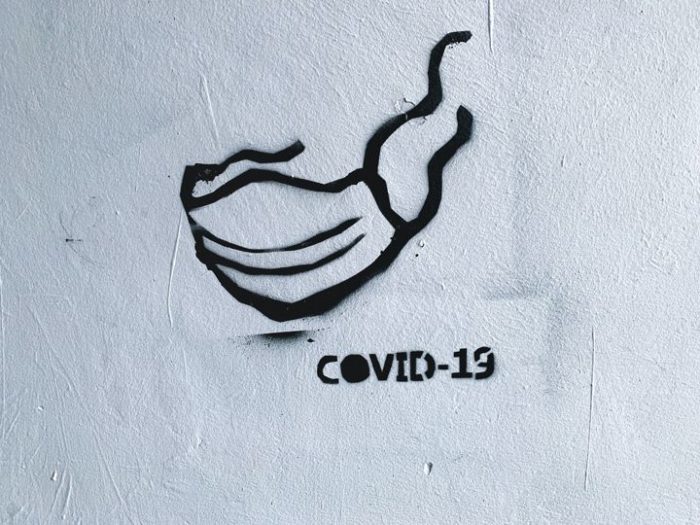
Recent special issue, Volume 9, Issue 9 (2021) in Digital Journalism “Covering Covid-19: The Coronavirus Pandemic as a Critical Moment for Digital Journalism” has been recently published and is available. The issue is here with the contents. Here is some information about the eleven articles with links:
In the introductory article “The Coronavirus Pandemic as a Critical Moment for Digital Journalism” Thorsten Quandt and Karin Wahl-Jorgensen argue that the Covid-19 has been a critical moment for journalism, and ponder the developments that moment has spurred in digital journalism.
In the article “Does a Crisis Change News Habits? A Comparative Study of the Effects of COVID-19 on News Media Use in 17 European Countries” Peter van Aelst et al. investigate the extent to which the pandemic has affected news consumption habits using the concept of ‘need for orientation’.
Next, in the article “Journalism as Usual? Managing Disruption in Virtual Newsrooms during the COVID-19 Crisis” Jose A. García-Avilés utilizes Harvey’s (2006) lens for theorization of space to look at how news executives during the Covid-19 pandemic implemented journalistic practices and processes.
Claudia Mellado et al. in the article “Sourcing Pandemic News: A Cross-National Computational Analysis of Mainstream Media Coverage of COVID-19 on Facebook, Twitter, and Instagram” look at how sources were used in 78 news outlets in seven countries: Brazil, Chile, Germany, Mexico, Spain, the U.K., and the U.S.
Kiki de Bruin,Yael de Haan,Rens Vliegenthart,Sanne Kruikemeier and Mark Boukes conducted panel surveys to explore news avoidance for perceived well-being of consumers in “News Avoidance during the Covid-19 Crisis: Understanding Information Overload”.
The article “Data “Objectivity” in a Time of Coronavirus: Uncovering the Potential Impact of State Influence on the Production of Data-Driven News” by Shangyuan Wu critically discusses the social constructionist nature of data journalism by focusing on Singapore, a globally oriented city in Asia that had been praised for its Covid-19 response.
Less traditional media is studied in the article “Conceptualizing “Dark Platforms”. Covid-19-Related Conspiracy Theories on 8kun and Gab” by Jing Zeng and Mike S. Schäfer. They look at how Covid-19 conspiracy theories, and other Covid-19 content, is communicated in the so-called ‘dark platforms’ of the net.
Lambrini Papadopoulou & Theodora A. Maniou in “‘Lockdown’ on Digital Journalism? Mapping Threats to Press Freedom during the COVID-19 Pandemic Crisis” argue that the emergency measures to safeguard public health have been used by numerous governments as a pretext for restrictions against critical journalism.
““Flatten the Curve”: Data-Driven Projections and the Journalistic Brokering of Knowledge during the COVID-19 Crisis” by Christian Pentzold, Denise J. Fechner and Conrad Zuber, examines the intertwining of journalistic forecasts, epidemiological modelling, and policy measures in how possibilities for the pandemic were presented.
The article “The Reconfiguration of News Work in Southern Africa during the COVID-19 Pandemic” by Phillip Santos and Admire Mare looks at how some newsrooms in Namibia, South Africa and Zimbabwe responded to the imposition of lockdown measures.
In “Competing Frames and Melodrama: The Effects of Facebook Posts on Policy Preferences about COVID-19” Sebastián Valenzuela et al. examines the framing contest of proponents and opponents of lockdown measures. The study was an online survey in Chile.
Finally, the article “Making Sense of Pandemic-Induced Changes in Journalism and Beyond” by Eun-Ju Lee reviews the articles in the issue to conclude that Covid-19 has undoubtedly affected journalism in all levels and presents some recommendations for future research.
Picture: Street art – graffiti with facial mask on the wall during the current Coronavirus (COVID-19) pandemic in Warsaw, Poland by Adam Nieścioruk.
License Unsplash.